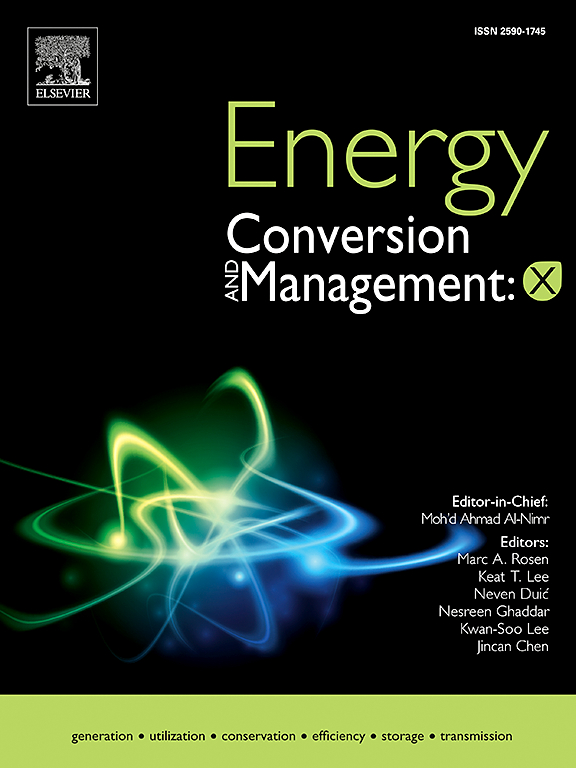Machine learning-driven optimization for sustainable CO2-to-methanol conversion through catalytic hydrogenation
IF 9.9
1区 工程技术
Q1 ENERGY & FUELS
引用次数: 0
Abstract
Growing concerns about greenhouse gas emissions have accelerated research into converting CO2 into valuable products like methanol. Catalytic hydrogenation, utilizing a catalyst in a thermochemical process, offers a promising solution for reducing atmospheric CO2 and combating climate change. However, optimizing operating conditions and selecting suitable catalysts for CO2 to methanol conversion remains challenging due to the complex interplay between catalyst properties and reaction performance. This research leveraged machine learning (ML) to model CO2 to methanol conversion using a comprehensive experimental database. ML models were developed to predict CO2 conversion efficiency, methanol selectivity, and CO selectivity, facilitating process optimization, techno-economic analysis, and life cycle assessment (LCA). The gradient boosting regression model emerged as the most accurate, with coefficients of determination (R2 > 0.86) and low error metrics (RMSE < 9.99, MAE < 5.99). De novo predictions demonstrated an acceptable linear relationship with the completely unseen dataset. Feature importance analysis identified temperature and gas hourly space velocity (GHSV) as the most significant descriptors. The optimal conditions for maximum CO2 conversion efficiency and methanol selectivity were identified as temperatures between 330 and 370 °C, a pressure of 50 bar, and a GHSV of 6,500–14,000 mL/g.h. The techno-economic analysis highlighted H2 purchase price, methanol selling price, and CO2 feedstock costs as critical economic factors, with a payback period of 4.6 years. The LCA demonstrated a 270 % reduction in carbon emissions through catalytic hydrogenation of CO2 to methanol. This study underscored the importance of using sustainable H2 and electricity sources to enhance the economic and environmental benefits of the process.

求助全文
约1分钟内获得全文
求助全文
来源期刊

Energy Conversion and Management
工程技术-力学
CiteScore
19.00
自引率
11.50%
发文量
1304
审稿时长
17 days
期刊介绍:
The journal Energy Conversion and Management provides a forum for publishing original contributions and comprehensive technical review articles of interdisciplinary and original research on all important energy topics.
The topics considered include energy generation, utilization, conversion, storage, transmission, conservation, management and sustainability. These topics typically involve various types of energy such as mechanical, thermal, nuclear, chemical, electromagnetic, magnetic and electric. These energy types cover all known energy resources, including renewable resources (e.g., solar, bio, hydro, wind, geothermal and ocean energy), fossil fuels and nuclear resources.
 求助内容:
求助内容: 应助结果提醒方式:
应助结果提醒方式:


